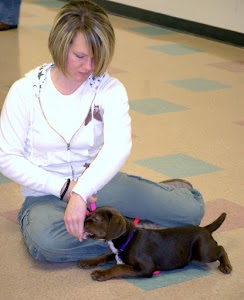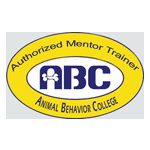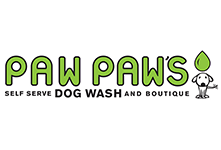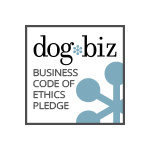“A person who has been punished is not thereby simply less inclined to behave in a given way; at best, he learns how to avoid punishment.” – B. F. Skinner
B.F. Skinner was a major supporter for positive reinforcement and the above statement also applies to animals. I thought this week I would share some of the side effects of punishment.
First of all here are some examples of what I would consider as punishment and I do not ever use with any dogs no matter what case I am dealing with:
Shock Collars
Prong Collars
Choke Collars
Water Spray Bottles
Shaking Cans
Fog Horns
Hitting
Kneeing the Dog especially with Jumping
Leash Popping
Putting My Hand Around the Dog’s Muzzle
Flicking the Dog’s Nose
Alpha Rolls (Rolling the Dog on his Back)
There are many more examples. The above are a few common ones.
So what is the big deal? Well B.F. Skinner’s quote above really says it all. Many times the dog does try to react faster to avoid the punishment.
Let’s give an example for this side effect. Let’s say we have a dog named Scooter that reacts at other dogs. Every time he reacts we shock him with a shock collar. Hopefully Scooter learns the presence of dogs is what is correlated to the shock. In time he could want to react stronger and faster in order to beat the electric shock. Meaning he learns to attack faster and bit more intensely to other dogs. Woohoo. So yes, punishment can actually make the reaction worse 🙁
Here are some other side effects:
1.) Scooter shows numerous warning signs before reacting at other dogs. He barks, growls, lunges, ears go back and his tail moves upward. From being shocked he learns that his warning signs are not effective. He chooses to no longer perform them anymore and goes straight for the bite.
2.) Scooter doesn’t correlate the shock with other dogs. He begins to correlate the shock with people instead. Every time he reacted at another dog a person was present. Now he is aggressive with people too. He learns to hate being around people because they signal a shock.
3.) Punishment can also teach the dog to discriminate and learn to perform the behavior when the owner is not present. A squirt bottle can create this easily. Your dog jumps on the counter and you squirt him. He quickly learns that he will not get squirt when you are not around.
4.) Punishment doesn’t teach the dog what to do instead. Sometimes you can create what is called “learned helplessness”. This is when the dog just shuts down and basically becomes lost. Scooter could also go this route. He then does nothing and basically lays down. His stress is extremely high. Eventually it bubbles up after being imploded and a huge reaction starts.
5.) Redirected aggression can occur as well. This is when the dog becomes frustrated from the punishment and reacts not at the stimulus but at something else near him. Scooter could turn and bite his owner instead of the dog.
6.) Many times you will see punishment working as the dog implodes his frustration or fear. Then in a few months or a year later he explodes and the reaction is now extremely worse.
7.) Sometimes you may only overtly see positive results. Internally the dog is fearful and or angry. These emotions can become repressed and if they aren’t released in some way through a behavior the dog can easily become sick later in his life. Dogs immune systems react to stress as well.
8.) Training with love through positive reinforcement reduces many of these side effects and is much more fun too! Love your dog through the way you train him!
Thank you and Happy Training!
Johanna Teresi, Professional Trainer and Owner of Four Legged Scholars LLC





















0 Comments